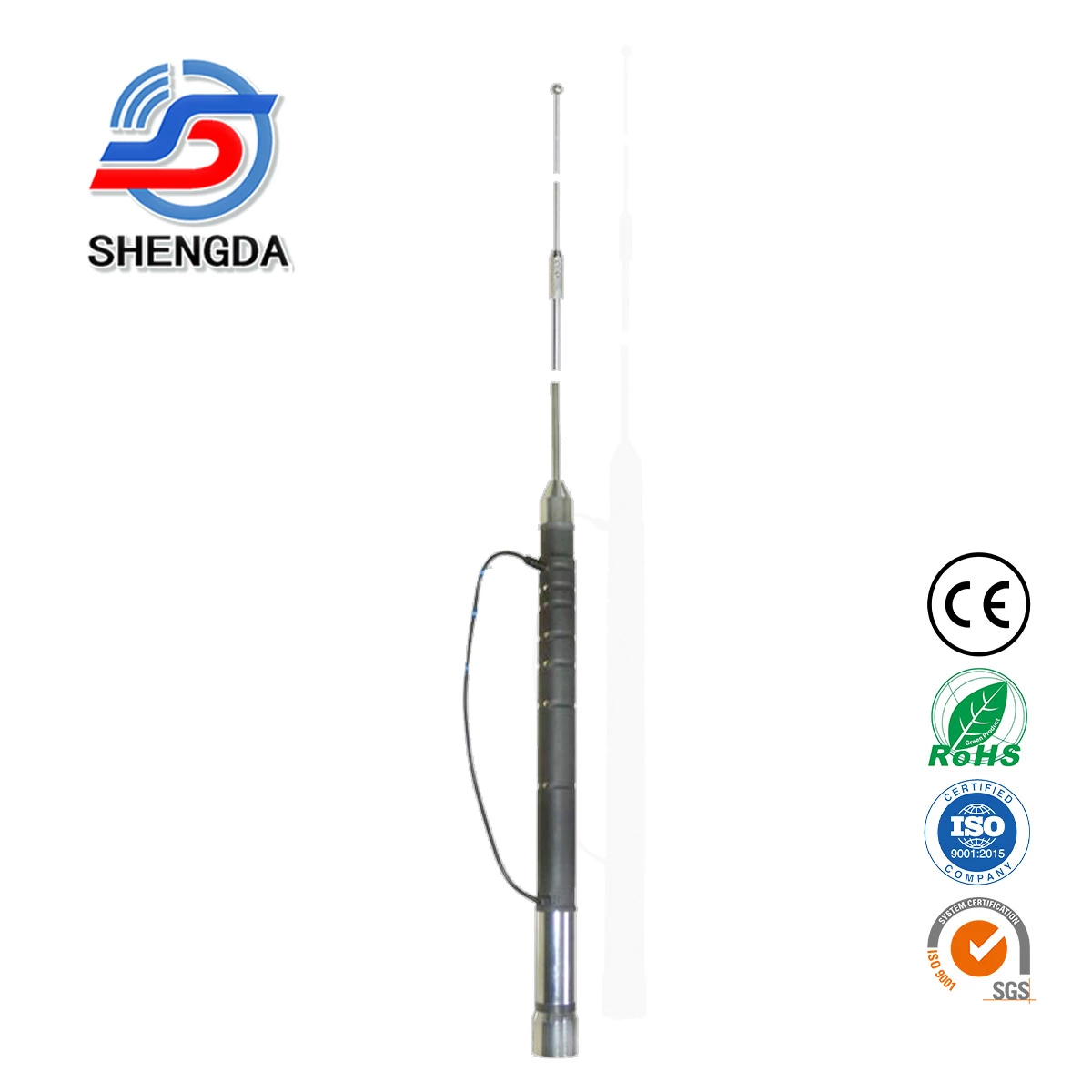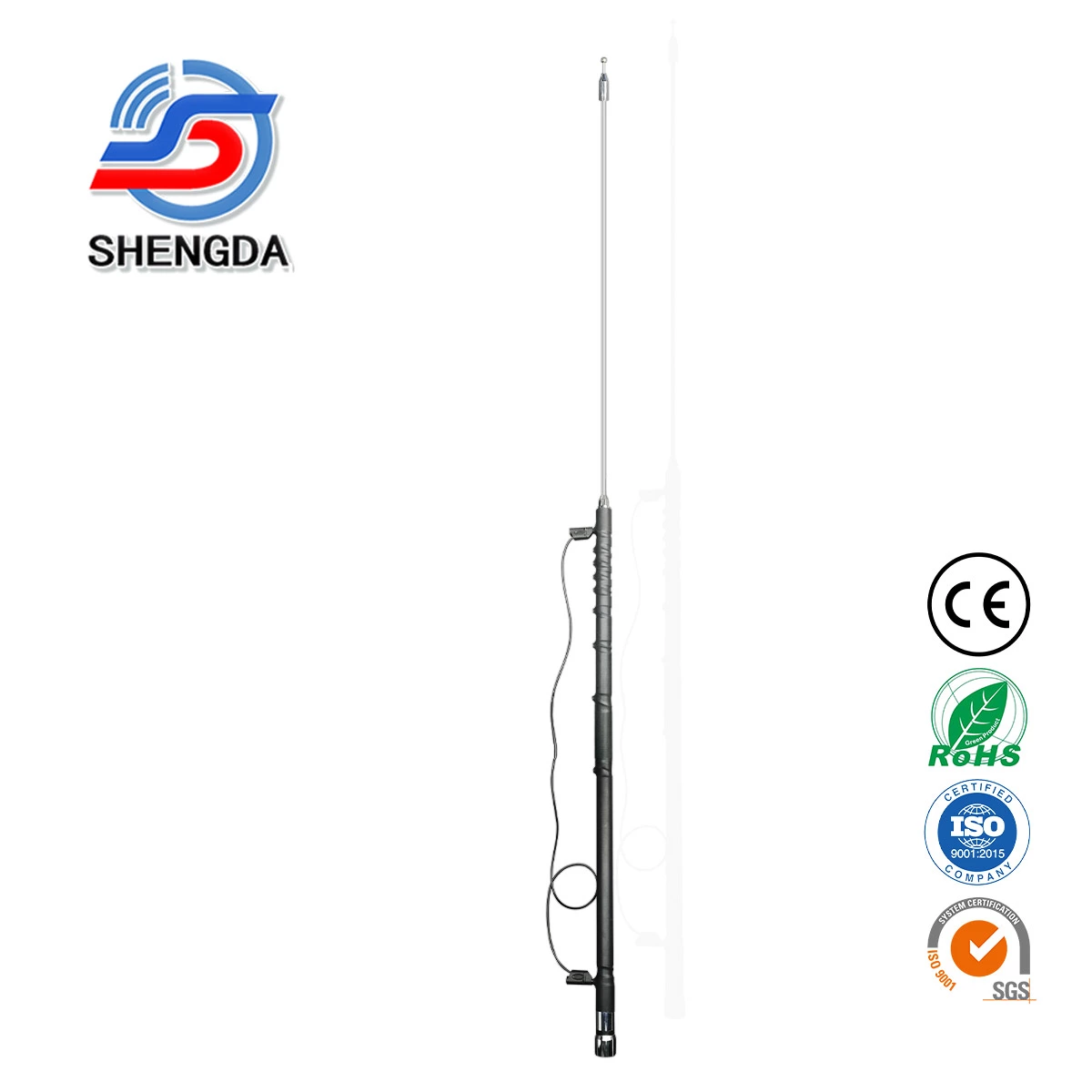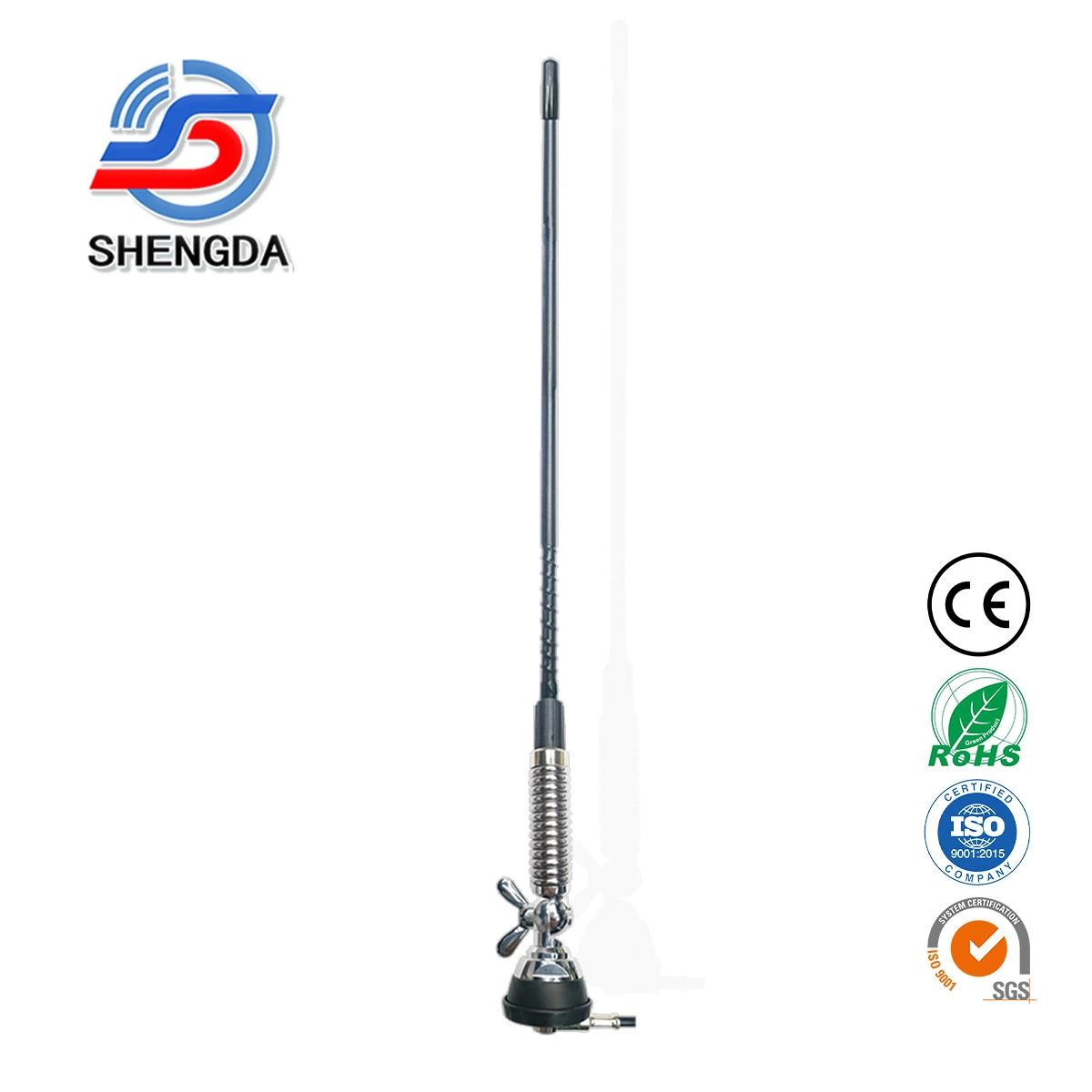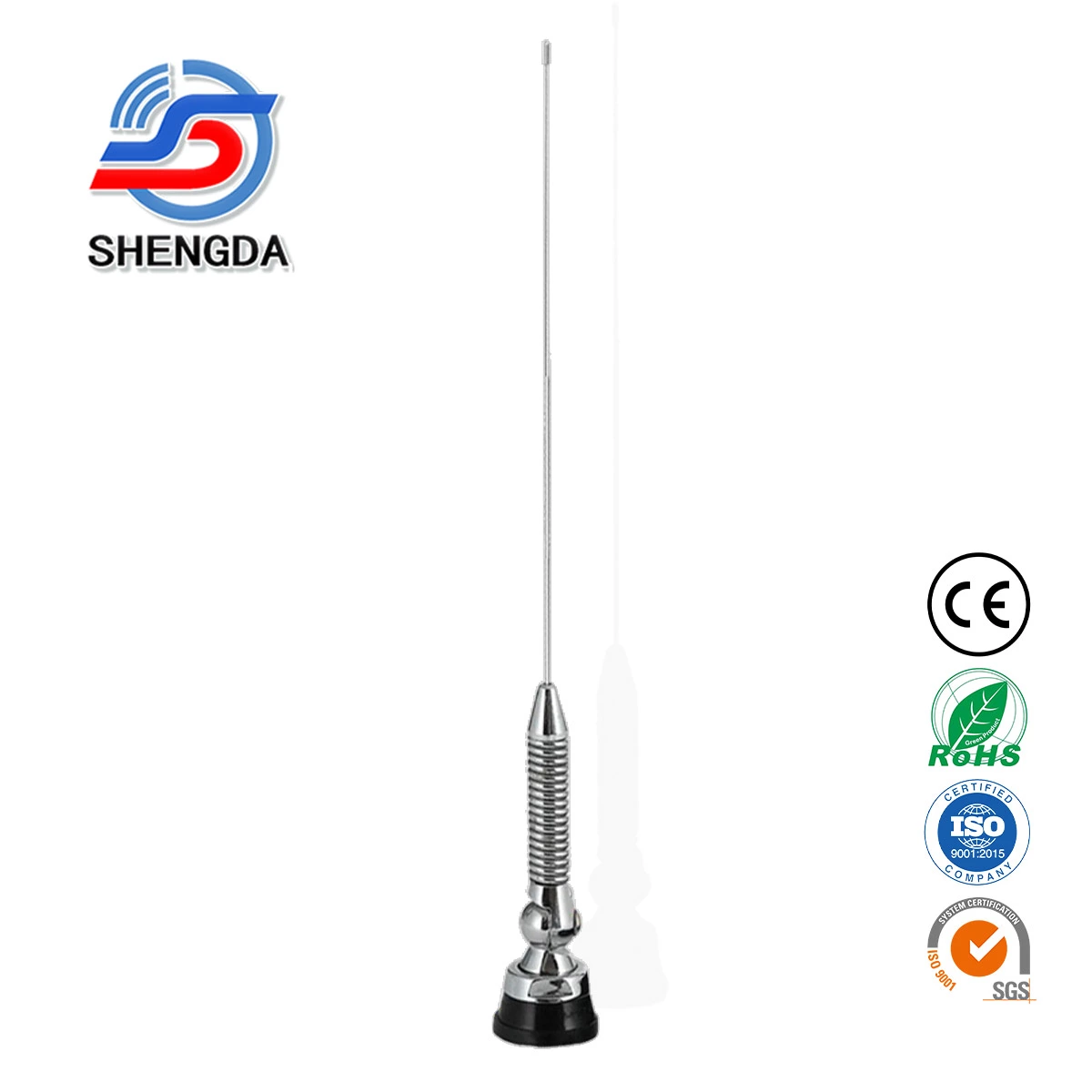Antenna Bandwidth Definition and Practical Application Expansion
1.Core Significance of Antenna Bandwidth
Both transmitting antennas and receiving antennas need to operate within a specific frequency range (bandwidth). Beyond this range, key performances such as signal transmission efficiency and anti-interference capability will decrease significantly. Bandwidth is an important basis for measuring an antenna's ability to adapt to scenarios. There are two core definitions in the industry, corresponding to different performance evaluation requirements.
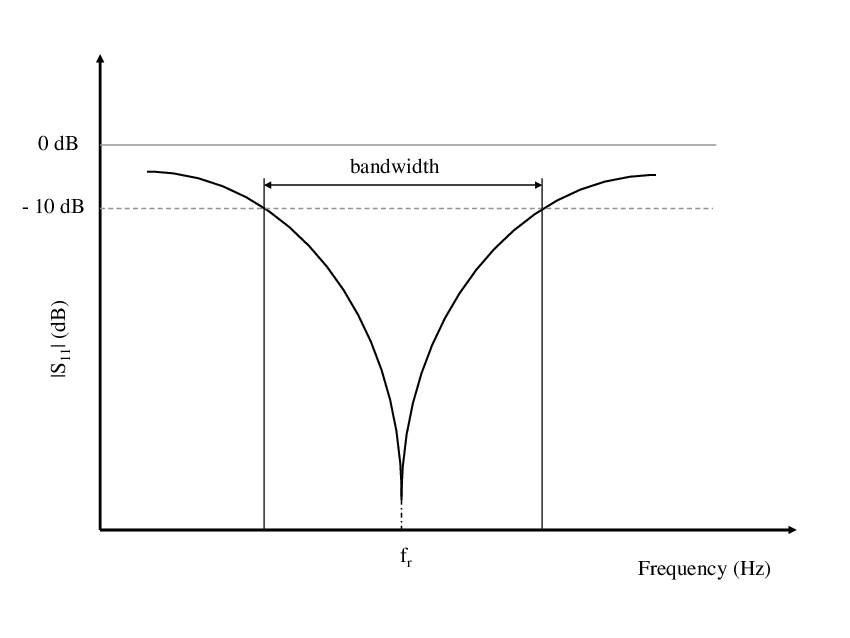
(Image credit: Carla Hertleer)
2.Two Core Definitions of Antenna Bandwidth
Definition 1 :(Based on Standing Wave Ratio, SWR): The frequency range within which an antenna can work normally under the condition of SWR ≤ 1.5.
The standing wave ratio reflects the impedance matching degree between the antenna and the transmission line: when the SWR approaches 1, the impedance matching is optimal, and the signal reflection loss is minimal; when the SWR exceeds 1.5, the signal reflection surges, which not only reduces the transmission efficiency but also may damage the transmitting end equipment. This definition is directly related to "signal transmission efficiency" and "equipment safety", and is suitable for scenarios with high requirements for energy utilization and equipment protection.
Definition 2 :(Based on Antenna Gain): The frequency range covered when the antenna gain decreases by no more than 3 decibels (DB).
Antenna gain determines the signal coverage distance and receiving sensitivity, and "3 dB decrease" is an industry critical value — at this point, the effective radiated power or receiving capability of the antenna is reduced by approximately half; if the decrease range expands, it will lead to shortened communication distance and weakened anti-interference capability. This definition focuses on "stability of signal coverage capability" and is suitable for scenarios requiring stable long-distance communication (such as amateur radio, professional wireless transmission).
3.Selection of Bandwidth Definition for Mobile Communication Systems
Mobile communication systems (such as mobile base stations, vehicle-mounted communications, IoT terminals, etc.) usually adopt the first definition (SWR ≤ 1.5), for the following reasons:
Mobile communication devices mostly operate in a "low-power, high-frequency" mode. A low standing wave ratio can reduce energy waste, extend device battery life (e.g., vehicle-mounted radios) or lower base station energy consumption;
Transmitting end equipment (base station transmitters, terminal RF modules) has low tolerance for impedance mismatch, and controlling the standing wave ratio can avoid equipment damage.
Example: An antenna labeled "Bandwidth 800-2600MHz (SWR ≤ 1.5)" has impedance matching within a safe and efficient range in this frequency band, which meets the signal transceiving needs of terminals and protects hardware.
4. Performance Differences and Acceptability Within the Operating Band
Even within a qualified frequency band, the performance (radiation efficiency, polarization mode, directivity) of the antenna still varies at different frequency points. This is due to the physical structural characteristics of the antenna (e.g., the radiation uniformity of an omnidirectional antenna is optimal at the center of the frequency band, and directional deviation may occur at the edges).
The impact of such differences is "within an acceptable range": it will not cause communication interruption, and may only manifest as slight fluctuations in signal strength (e.g., changes in mobile phone signal bars) or slight noise at edge frequency points (which can be mitigated through system compensation).
The widely used dipole antennas (planar or folded type) are horizontally polarized in their "normal" installation orientation, and are often rotated by 90 degrees to exhibit vertical polarization when needed or to support the preferred polarization mode.
5. Technical Means to Reduce Performance Differences Within the Frequency Band
The industry balances "broadband coverage" and "performance stability" through a variety of design optimizations:
Adopting a broadband matching network to improve impedance matching at different frequencies and reduce standing wave ratio fluctuations;
Adjusting the shape of antenna elements (e.g., log-periodic elements, helical elements) or adding parasitic elements to enhance gain stability;
Leveraging software algorithms such as adaptive impedance adjustment technology to real-time compensate for frequency-related performance deviations.
Summary: Core Value of Bandwidth Definition
The two definitions define antenna performance from the dimensions of "energy efficiency" and "signal quality", and the selection of definitions for specific scenarios is a trade-off between the priorities of these two aspects. Through design optimization and industry standardization, even if there are performance differences within the frequency band, the antenna can still be ensured to meet actual communication needs. This is precisely the core value of the bandwidth definition in guiding practical applications.
